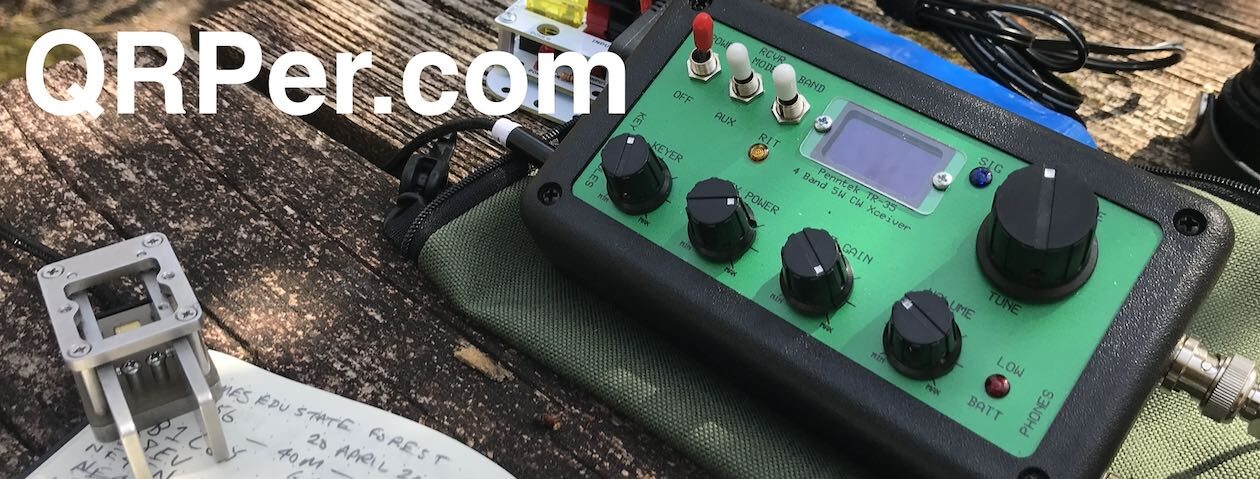Many thanks to Teri (KO4WFP) for the following guest post:
The Final Fling at Grand-Pré National Historic Site
by Teri (KO4WFP)
If you read my four previous articles, you know my family and I went to Nova Scotia for eight days. At this point in my trip, I had three successful POTA activations and three unsuccessful. Tomorrow, July 6th, my family and I would head back to the States. I hankered to attempt one more QRP POTA activation before that happened.
For our final day in Nova Scotia, we opted to drive back from our Airbnb in Middleton on Highway 101 to Halifax. The night before, I looked at the POTA website for parks along the route to activate. I had learned to avoid urban parks if possible due to the noise level and limited space for the EFRW antenna which I preferred to deploy. One park seemed to fit the bill – Grand-Pré National Historic Site (VE-4839).
The morning of Wednesday, July 5th was overcast and rainy. Despite the dreary and less-than-optimal conditions, we drove toward Grand Pré. To buy myself a bit more time in hope the showers might abate, we grabbed a bite to eat at the Just Us Roastery and Café outside the town.
After a quick breakfast, we arrived at the site around 12:45 PM. Given the rainy conditions, I would need to stay in the car. Too bad because the site looked inviting and I would have enjoyed setting up on my jacket like I did at Fort Anne.
The limitation of operating out of my car meant staying close to the parking lot. The trees in the main parking lot were all shorter than I preferred. And, as I learned at other sites, the main lot didn’t give me any buffer from people walking into my antennas. However, at one side of the property was a separate small lot for two or three RVs. Two trees on the far side of it were tall enough for my antenna and, better yet, no one would be walking into them. We pulled into this lot parking on the grass at its edge so I would be out of the way of any RVs. Continue reading KO4WFP: The Final Fling at Grand-Pré National Historic Site

































